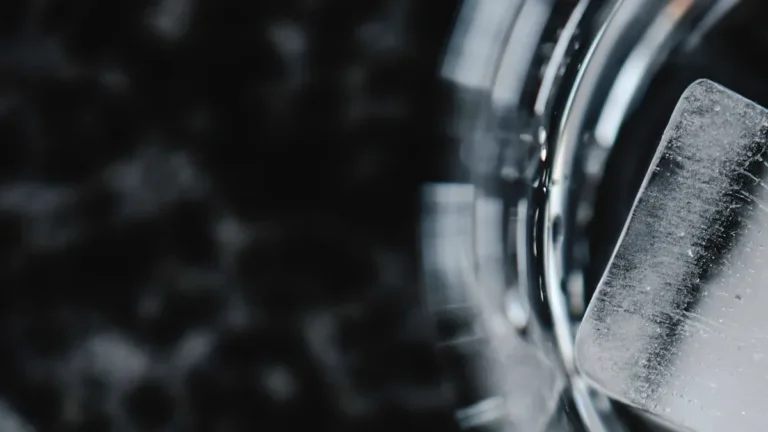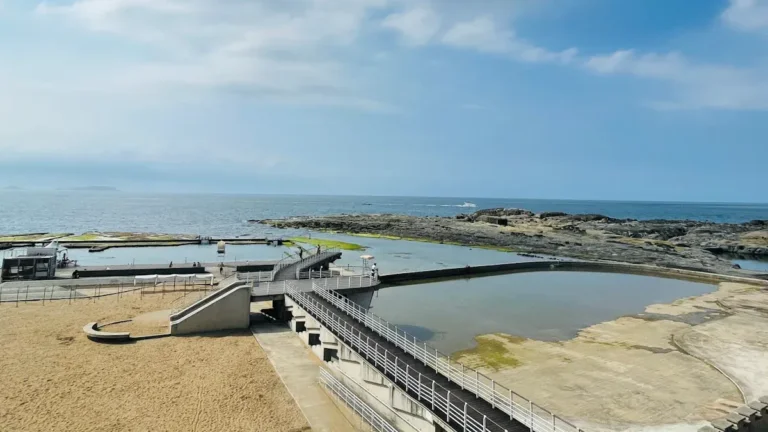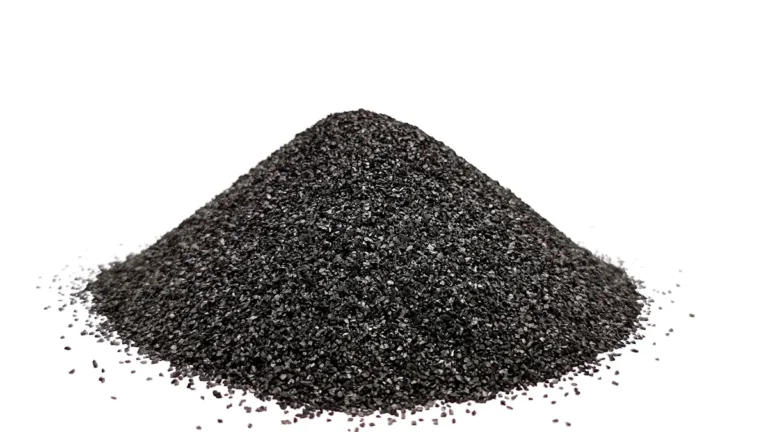Water treatment activated carbon
.webp)
Buy Water Treatment Activated Carbon
In water treatment systems activated carbon can serve primarily as a physical adsorbent, where pores and internal structures trap a variety of dissolved organic and inorganic contaminants via the process of adsorption. Some processes that support the interactions involved in adsorption will include:
– Van der Waals forces for non-polar organic compounds (e.g., solvents, pesticides).
– Electrostatic attraction for ionic species like chlorine or heavy metals.
– Hydrophobic interactions with organic molecules.
wastewater treatment activated carbon
Activated carbon plays an indispensable role in wastewater treatment processes by consistently providing an efficient and cost-effective means of removing an extensive variety of contaminants. Its unique porous structure and sizeable surface area provide excellent options for adsorbent technologies for purifying water in both industrial and municipal applications.
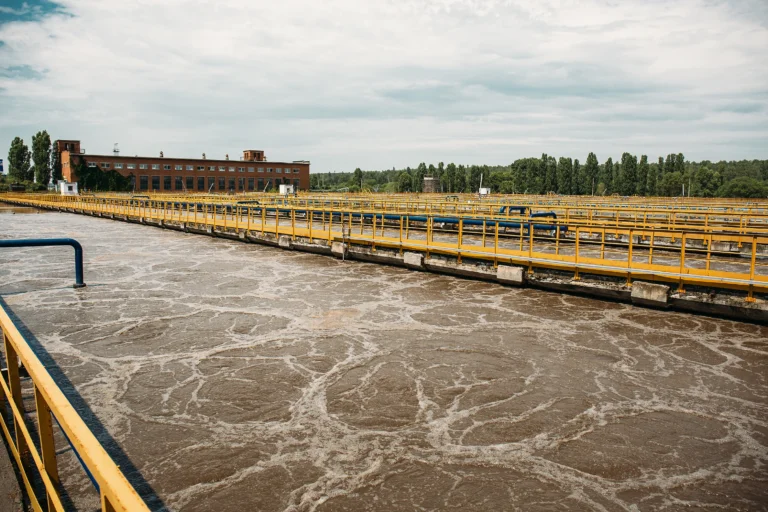
Traitement de l'eau potable Charbon actif
Activated carbon (AC) is a highly porous material used in drinking water treatment to remove contaminants through adsorption. Used in filter cartridges (point-of-use) or large granular (GAC)/ powdered (PAC) beds (municipal plants), AC significantly enhances water quality and safety.
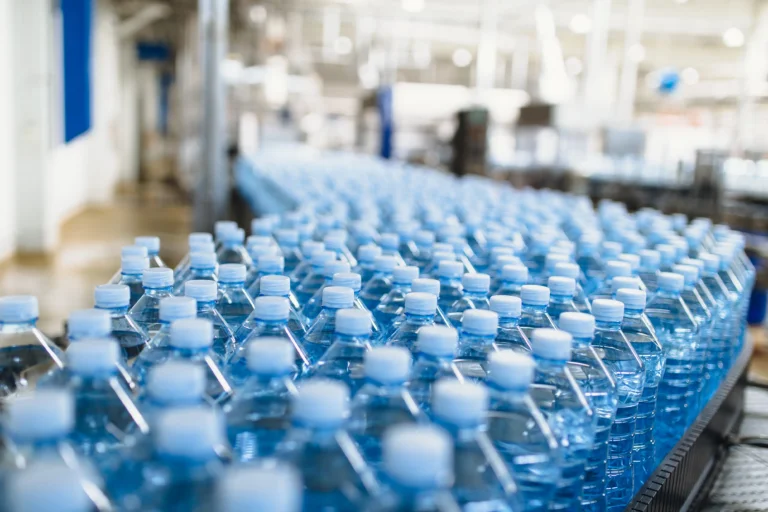
Charbon actif de dessalement
Activated carbon is chiefly used as an effective pre-treatment medium in seawater desalination. Due to its very developed pore structure and surface chemistry, the saturated activated carbon adsorbs dissolved organic compounds (algal toxins, humic acids, etc.), residual chlorine, heavy metal ions (lead, mercury, etc.), and odor precursors from seawater, protects the downstream reverse osmosis membrane system from contamination and oxidation, and its unique ability to adsorb and also help catalyze pollutants may extend the membrane durability by 30-50%.

Blog connexe
